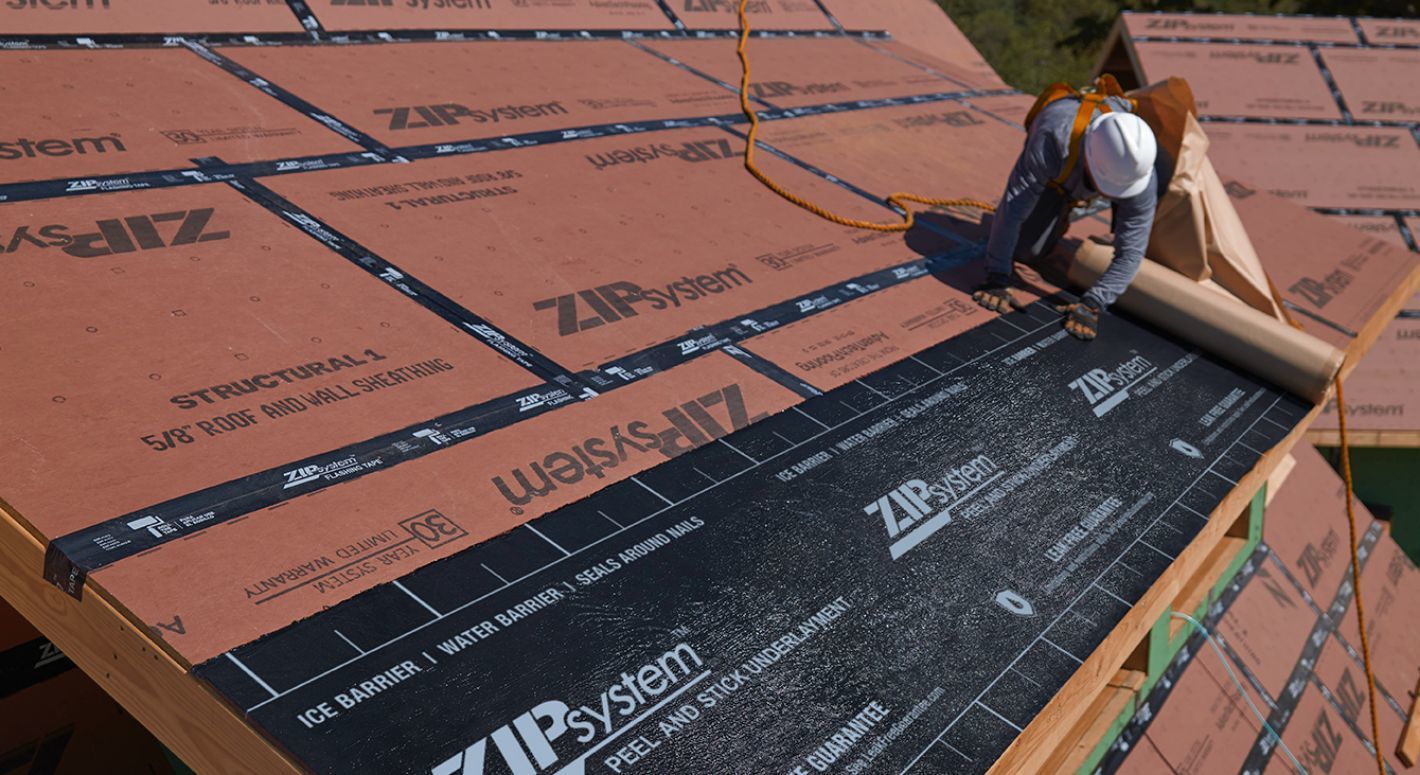

Articles
How To Install Peel And Stick Roofing
Modified: December 7, 2023
Learn how to install peel and stick roofing with our informative articles. Get step-by-step instructions and expert tips to ensure a successful DIY roofing project.
(Many of the links in this article redirect to a specific reviewed product. Your purchase of these products through affiliate links helps to generate commission for Storables.com, at no extra cost. Learn more)
Introduction
Installing a peel and stick roofing system is a cost-effective and efficient way to protect your roof from the elements. Whether you’re a seasoned DIY enthusiast or a homeowner looking to tackle a small home improvement project, this guide will provide you with the step-by-step instructions to successfully install peel and stick roofing.
Peel and stick roofing, also known as self-adhesive roofing, is a type of roofing material that comes with a sticky backing. It is typically made of a rubberized asphalt compound and reinforced with a durable outer layer, such as fiberglass. This combination of materials creates a waterproof barrier that effectively seals your roof and provides long-lasting protection against leaks and damage.
One of the main advantages of peel and stick roofing is its ease of installation. Unlike traditional roofing systems that require special tools and extensive labor, peel and stick roofing can be installed by homeowners with basic DIY skills. By following the steps outlined in this guide and using the right materials and techniques, you can achieve professional-looking results and extend the lifespan of your roof.
Before you begin the installation process, it’s important to gather all the necessary materials and tools. This will ensure that you have everything you need within reach, saving you time and preventing any interruptions in the installation process. Let’s take a look at the materials and tools you’ll need for the installation of peel and stick roofing.
Key Takeaways:
- Installing peel and stick roofing is a DIY-friendly, cost-effective way to protect your roof. Proper preparation, precise cutting, and attention to detail during installation are crucial for achieving professional results and long-lasting protection.
- Regular maintenance and adherence to manufacturer’s instructions are essential for preserving the integrity of your peel and stick roofing. By following the step-by-step guide and prioritizing safety, homeowners can enjoy a durable, waterproof, and low-maintenance roofing system.
Materials Needed
Before you start installing peel and stick roofing, it’s important to gather all the necessary materials. Here is a list of items you will need:
- Peel and stick roofing sheets
- Roofing adhesive or primer (if required by manufacturer)
- Utility knife
- Roofing nails or screws (if recommended by manufacturer)
- Hammer or screwdriver
- Measuring tape
- Safety goggles
- Gloves
- Roofing primer (if recommended by manufacturer)
- Roller or brush (for applying primer)
- Ladder or scaffold (for accessing the roof)
- Caulk gun (if caulking is needed)
When purchasing peel and stick roofing sheets, make sure to check the manufacturer’s specifications for the size and quantity needed. Additionally, consider purchasing extra sheets to account for any mistakes or waste during the installation process.
Before starting the installation, take a moment to review the manufacturer’s instructions for any specific tools or materials recommended for their particular product. This will ensure that you have everything required to install the peel and stick roofing correctly.
Now that you have all the necessary materials, it’s time to prepare the roof surface for the installation. This step is crucial to ensure a smooth and successful installation process. In the next section, we will guide you through the steps of preparing the roof surface.
Step 1: Prepare the Roof Surface
Before installing peel and stick roofing, it is crucial to properly prepare the roof surface. This step will ensure that the roofing materials adhere securely and provide optimal waterproofing. Follow these steps to prepare the roof surface:
- Clear the roof: Remove any debris, such as leaves, branches, or loose shingles, from the roof surface. Use a broom or leaf blower to sweep away any loose materials. It is essential to have a clean and smooth substrate for the peel and stick roofing to adhere properly.
- Inspect the roof: Carefully inspect the roof for any signs of damage, such as cracks, leaks, or structural issues. Address any necessary repairs before proceeding with the installation of the peel and stick roofing. This will ensure a solid foundation for the new roofing system.
- Repair any issues: If you notice any damaged areas on the roof, fix them before installing the peel and stick roofing. Replace any cracked or missing shingles, repair damaged flashing, and seal any gaps or leaks. This will help prevent future issues and ensure the longevity of your new roofing system.
- Clean the roof: Use a roof cleaner or a mixture of mild detergent and water to clean the roof surface. Remove any dirt, moss, or algae that may be present. This step will improve the adhesion of the peel and stick roofing and ensure a smooth installation process.
- Dry the roof: Allow the roof surface to dry completely before proceeding with the installation. If the roof is wet or damp, the adhesive on the peel and stick roofing may not bond properly. Wait for a sunny or dry day to ensure optimal conditions for installation.
By properly preparing the roof surface, you are creating the ideal environment for the peel and stick roofing to adhere securely. This will help prevent leaks and ensure the longevity of your new roofing system. Once the roof surface is prepped, you are ready to move on to the next step: measuring and cutting the peel and stick roofing sheets.
Step 2: Measure and Cut the Peel and Stick Roofing
Accurately measuring and cutting the peel and stick roofing sheets is essential for a proper and professional installation. Follow these steps to measure and cut the roofing material:
- Measure the roof: Use a measuring tape to determine the length and width of the roof area where you will be installing the peel and stick roofing. Measure each section separately, accounting for any angles or protrusions.
- Add extra for overhang: To ensure proper coverage, add a few inches of extra material on all sides of the roof’s measurements. This will provide overhang and ensure that no areas are left exposed.
- Transfer measurements: Transfer the measurements onto the peel and stick roofing sheets using a pencil or marker. Take your time to ensure accuracy, as any mistakes in cutting can affect the overall outcome of the installation.
- Cut the roofing sheets: Using a sharp utility knife, carefully cut along the marked lines to create the desired size and shape of each roofing sheet. Follow a straight edge to ensure clean and precise cuts. Take caution and use a cutting surface to protect the underlying surface.
- Repeat for all sheets: Repeat the measuring and cutting process for each additional peel and stick roofing sheet that will be required to cover the roof area. Double-check your measurements and cuts before moving on.
It is important to be precise during the measuring and cutting phase to ensure that the roofing sheets fit properly and provide complete coverage. Taking your time and double-checking your measurements will save you from potential issues during the installation. Now that you have the correct-sized sheets of peel and stick roofing ready, you can move on to the next step: removing the backing and applying the roofing.
Step 3: Remove the Backing and Apply the Roofing
Once you have measured and cut the peel and stick roofing sheets, it’s time to remove the backing and apply the roofing to the prepared surface. Follow these steps to ensure a successful installation:
- Start at the bottom: Begin by positioning the first sheet of peel and stick roofing at the bottom edge of the roof. Make sure it is aligned and centered before moving forward.
- Peel off the backing: Slowly peel off the backing from the adhesive side of the roofing sheet. Take care not to touch the adhesive surface with your hands, as this can interfere with the bond.
- Apply the roofing: Gently press the exposed adhesive side of the roofing sheet onto the prepared roof surface. Work from the bottom up, smoothing out any wrinkles or bubbles as you go. Use a roller or your hands to ensure good adhesion.
- Overlap each sheet: As you progress with the installation, overlap each subsequent roofing sheet by a few inches to ensure proper water runoff. Check the manufacturer’s instructions for the recommended overlap distance.
- Continue the process: Repeat the steps above for each peel and stick roofing sheet until the entire roof surface is covered. Take your time to ensure proper alignment and adherence.
It’s important to note that some peel and stick roofing systems may require the application of a roofing adhesive or primer before installing the roofing sheets. Refer to the manufacturer’s instructions to determine if this step is necessary and follow the recommended application process.
As you progress through the installation, periodically step back and check the alignment and overall appearance of the roofing. Smooth out any wrinkles or bubbles, making sure the surface is flat and smooth. Taking the time to do this will result in a cleaner and more professional-looking installation.
Now that you have completed the application of the peel and stick roofing, the next step is to smooth out any air bubbles that may have formed during the process.
Make sure to clean the roof surface thoroughly before installing peel and stick roofing to ensure proper adhesion. Any debris or dirt can affect the performance of the roofing material.
Read more: What Is Peel And Stick Roofing
Step 4: Smooth Out Any Air Bubbles
After applying the peel and stick roofing sheets, it’s important to smooth out any air bubbles that may have formed during the installation process. Follow these steps to ensure a smooth and professional-looking roof:
- Inspect the surface: Carefully inspect the roof surface for any visible air bubbles. Bubbles can occur due to improper installation or trapped air pockets. Identifying them early will allow you to address them before they become a more significant issue.
- Poke and smooth: Using a utility knife or a small needle, gently poke the air bubble to create a small hole. Be cautious not to damage the roofing material or the underlying surface. Once the hole is created, press down firmly on the bubble to release the trapped air.
- Smooth the area: After releasing the air, use your hands or a roller to smooth out the area and ensure that it’s flat and properly adhered to the roof surface. Apply pressure, working from the center of the bubble towards the edges, to ensure a secure bond.
- Inspect and repeat: Inspect the area again after smoothing it out to ensure that no new air bubbles have formed. If you notice any additional bubbles, repeat the process of poking and smoothing until all bubbles have been eliminated.
It’s crucial to address air bubbles as soon as they are discovered to prevent them from expanding and compromising the integrity of the roofing. Keep in mind that smooth and flat roofing helps prevent water from pooling and potential leakage.
Once you have smoothed out any air bubbles, it’s time to trim any excess roofing material to achieve a clean and finished appearance.
Step 5: Trim Excess Roofing
Trimming excess roofing material is the final step in achieving a clean and finished look for your peel and stick roofing installation. Follow these steps to trim the excess roofing:
- Inspect the edges: Carefully examine the edges of the roofing to identify any areas where excess material extends beyond the desired finished edge.
- Measure and mark: Use a tape measure and a pencil to mark the desired edge line where the excess roofing needs to be trimmed.
- Cut the excess: Using a sharp utility knife, carefully cut along the marked line to remove the excess roofing material. Take your time and use a straight edge or a guide to ensure a clean and straight cut.
- Dispose of the scraps: Collect and dispose of the trimmed roofing scraps in a trash bag or appropriate container. Keeping the work area clean and safe is essential.
- Check the edges: After trimming, double-check the edges to ensure that they are smooth and free from any jagged or uneven cuts. Make any necessary adjustments or touch-ups as needed.
Trimming the excess roofing material not only improves the overall appearance of the installation but also helps prevent any potential issues, such as damage caused by wind uplift or water infiltration. While cutting the excess, be mindful of any sealant or caulk that may be applied along the roof edges as per the manufacturer’s instructions.
Now that you have successfully trimmed the excess roofing, it’s time to complete the installation process.
Step 6: Complete the Installation Process
As you near the end of the peel and stick roofing installation, there are a few final tasks to complete to ensure the process is finished correctly. Follow these steps to complete the installation:
- Inspect the entire roof: Take a step back and inspect the entire roof surface to ensure that all roofing sheets are properly installed, sealed, and aligned. Look for any areas that may require additional attention or touch-ups.
- Secure any loose edges: If you notice any edges or corners that are not securely adhered, use a roofing adhesive or recommended fasteners (if allowed by the manufacturer) to secure them in place. This will prevent any potential issues caused by loose or lifted portions of the roofing.
- Check for gaps or seams: Carefully inspect all seams and joints where two peel and stick roofing sheets meet. Ensure that there are no gaps or areas where water could potentially seep through. If necessary, apply additional adhesive or sealant to seal any gaps.
- Clean up the work area: Remove any debris or tools from the roof and clean up the surrounding area. Dispose of any discarded materials properly and ensure a tidy and safe work environment.
- Follow manufacturer’s instructions: Lastly, it is crucial to follow the manufacturer’s instructions for any specific post-installation requirements. This may include recommended maintenance, allowing for proper curing time, or applying a protective coating if necessary.
By completing these final steps, you are ensuring that the peel and stick roofing is installed correctly, providing optimal protection and aesthetics for your roof. Regular maintenance and inspections are recommended to keep your new roofing system in good condition and extend its lifespan.
Congratulations! You have successfully completed the installation process for peel and stick roofing. Now you can enjoy the benefits of a durable, waterproof, and low-maintenance roofing system that will protect your home for years to come.
Remember to consult the manufacturer’s instructions and guidelines throughout the installation process and always prioritize safety. If you are uncertain about any aspect of the installation or encounter any issues, it is best to seek professional assistance.
With proper installation and regular maintenance, your peel and stick roofing will provide long-lasting protection and peace of mind for your home.
Conclusion
Installing peel and stick roofing is a practical and cost-effective way to protect your roof from the elements and extend its lifespan. With the right materials and proper installation techniques, you can achieve professional-looking results and enjoy the benefits of a durable and waterproof roofing system.
Throughout this guide, we have walked you through the step-by-step process of installing peel and stick roofing. From preparing the roof surface and measuring the roofing sheets to removing the backing, smoothing out air bubbles, trimming excess material, and completing the installation, we have covered all the essential steps for a successful installation.
Remember to carefully follow the manufacturer’s instructions and guidelines for the specific peel and stick roofing product you are using. Each product may have slight variations in the installation process, so it’s important to consult the instructions provided.
Maintaining your peel and stick roofing is equally important to ensure its longevity and performance. Regular inspections, cleaning, and addressing any issues promptly will help prevent potential damage and preserve the integrity of your roof.
By choosing to install peel and stick roofing and following the steps outlined in this guide, you have taken a proactive step towards protecting your home and ensuring its structural integrity. With proper installation and maintenance, your new roofing system will provide reliable and long-lasting protection from weather elements for many years to come.
However, if you are unsure about any aspect of the installation process or encounter any issues along the way, it is always recommended to seek professional assistance or consult with a roofing expert. Their expertise and experience can help ensure a seamless and successful installation.
Now that you are equipped with the knowledge and guidance necessary, it’s time to get started on your peel and stick roofing installation journey. Good luck, and enjoy the long-lasting benefits of your new roofing system!
Frequently Asked Questions about How To Install Peel And Stick Roofing
Was this page helpful?
At Storables.com, we guarantee accurate and reliable information. Our content, validated by Expert Board Contributors, is crafted following stringent Editorial Policies. We're committed to providing you with well-researched, expert-backed insights for all your informational needs.
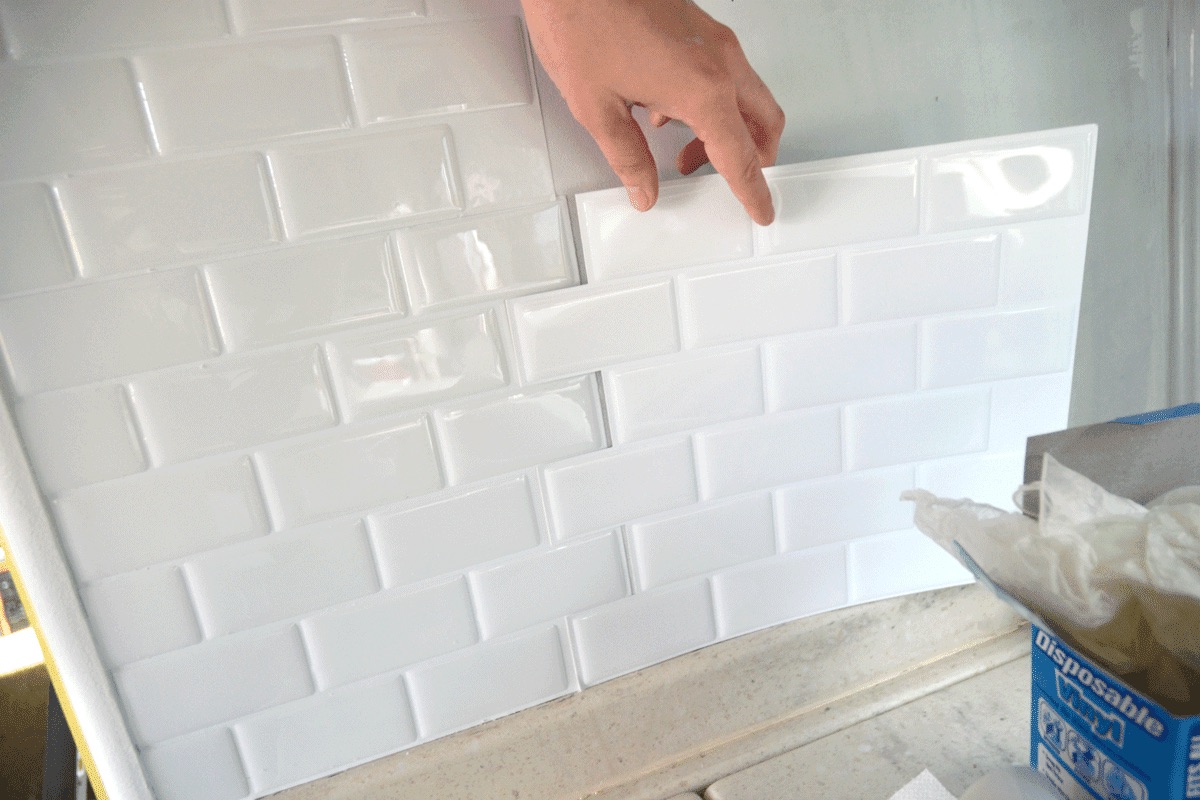
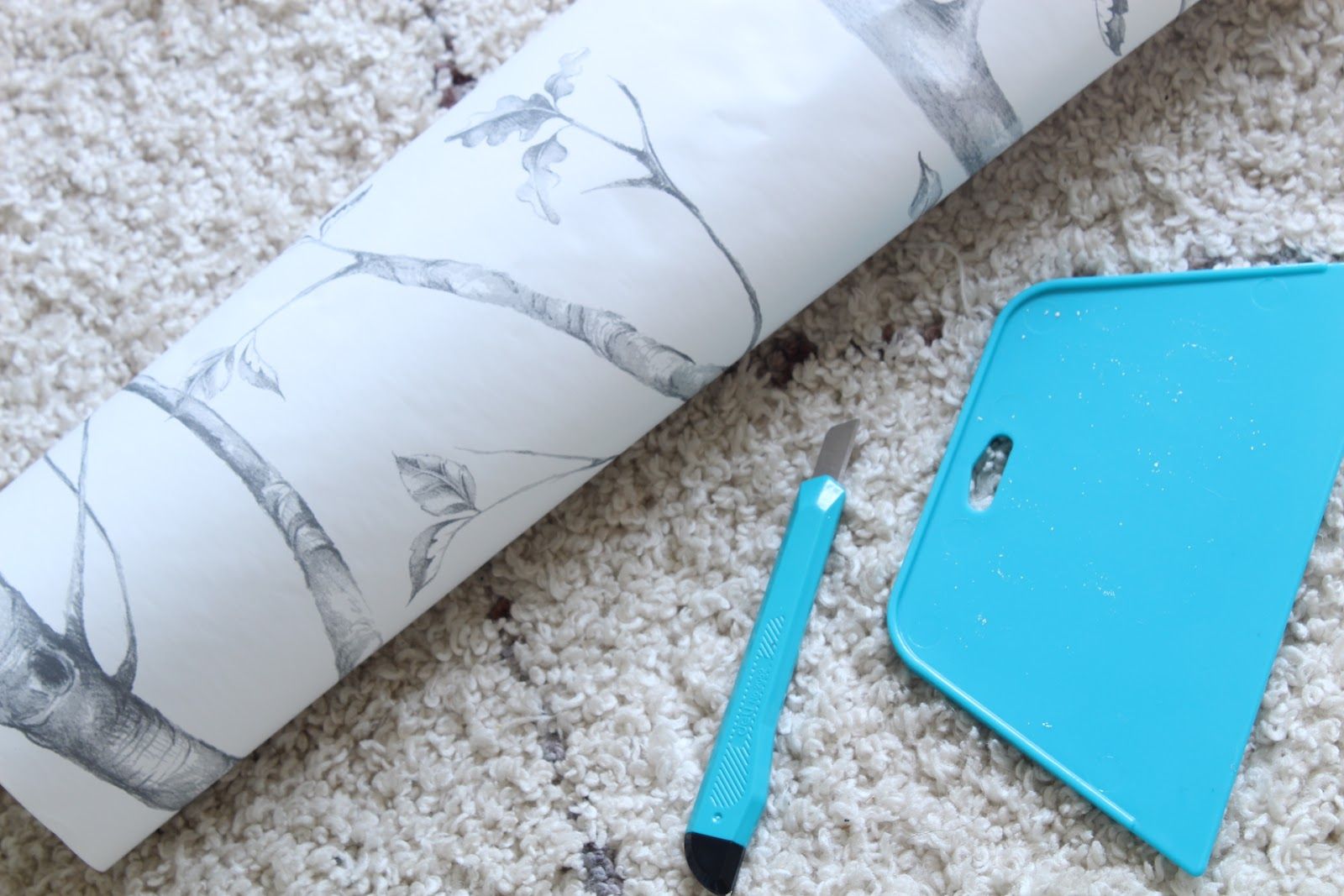
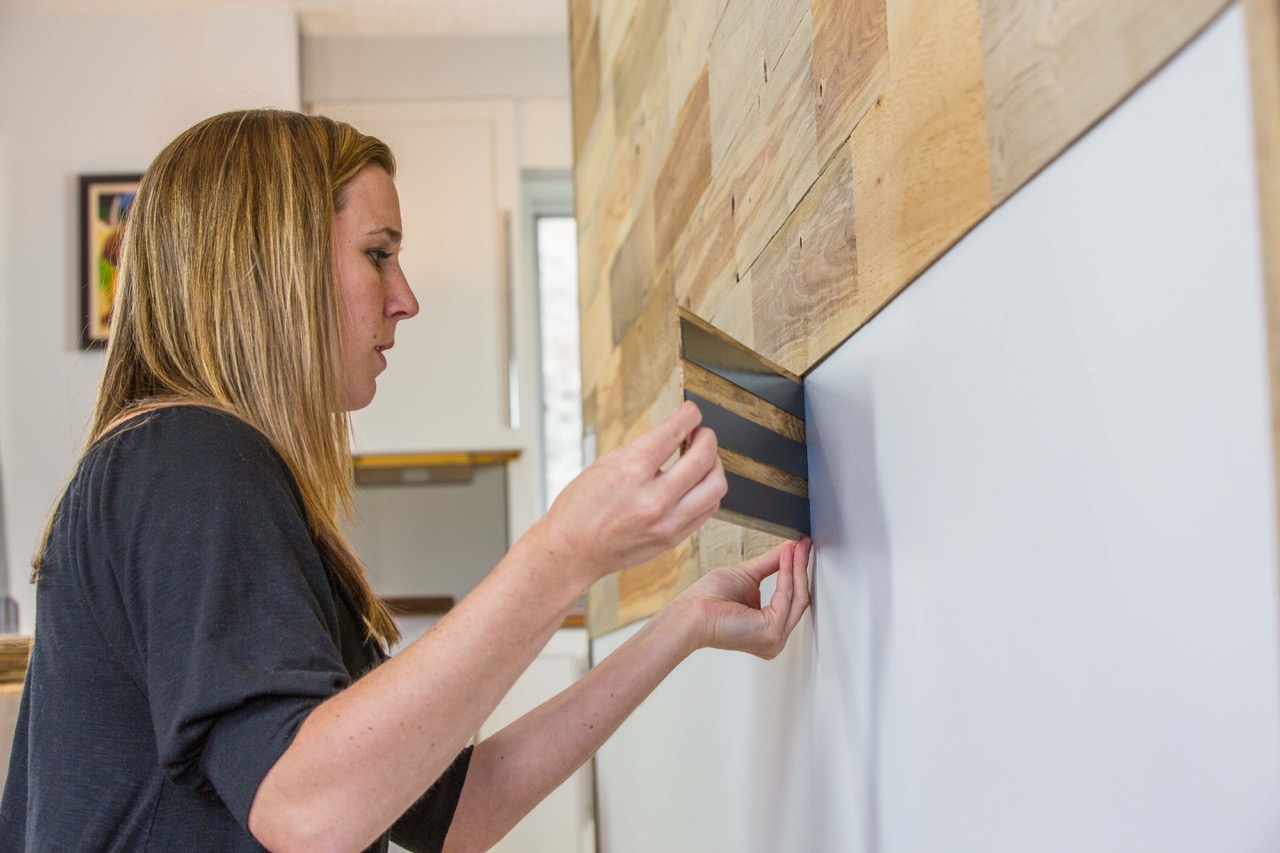
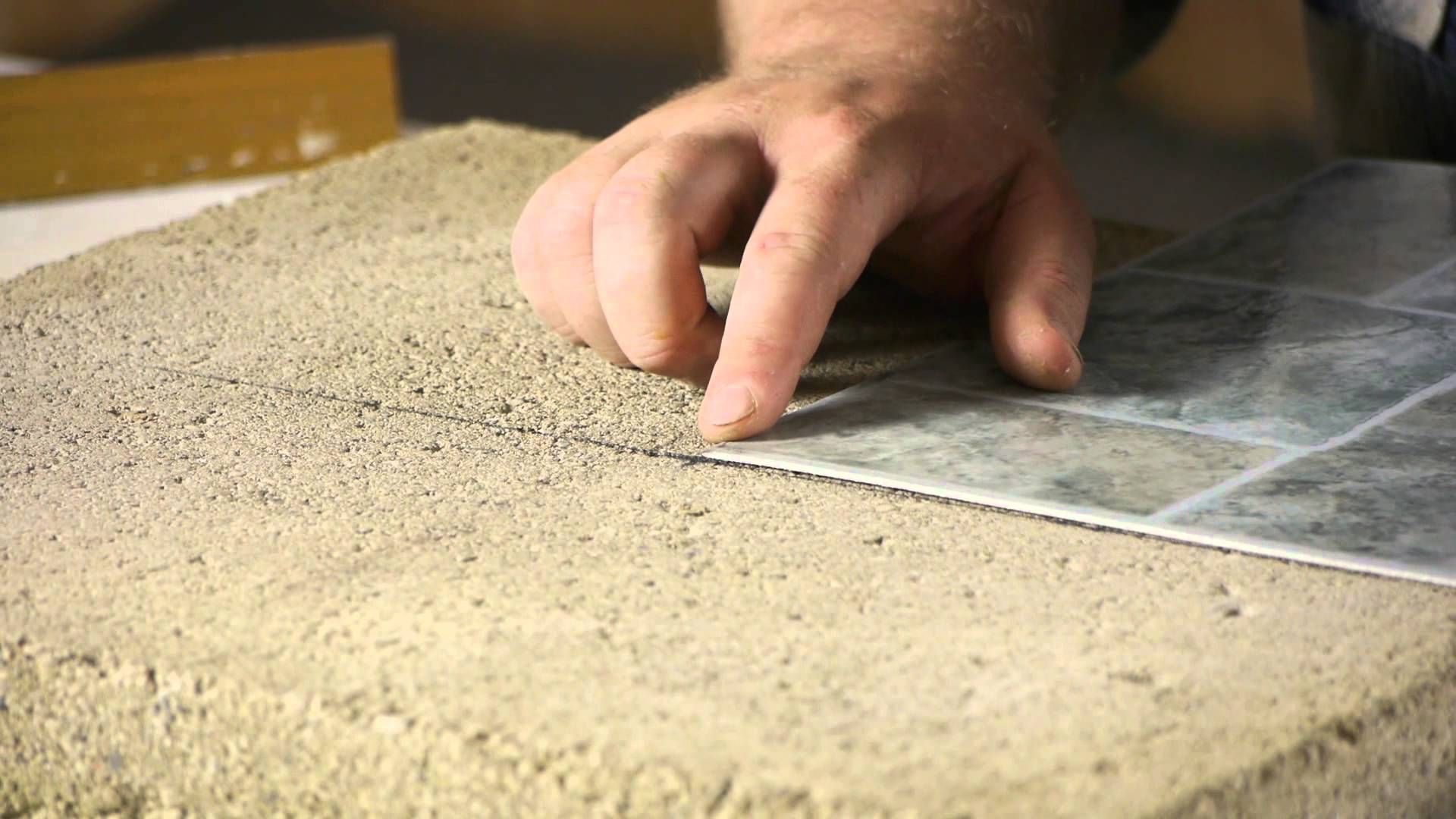
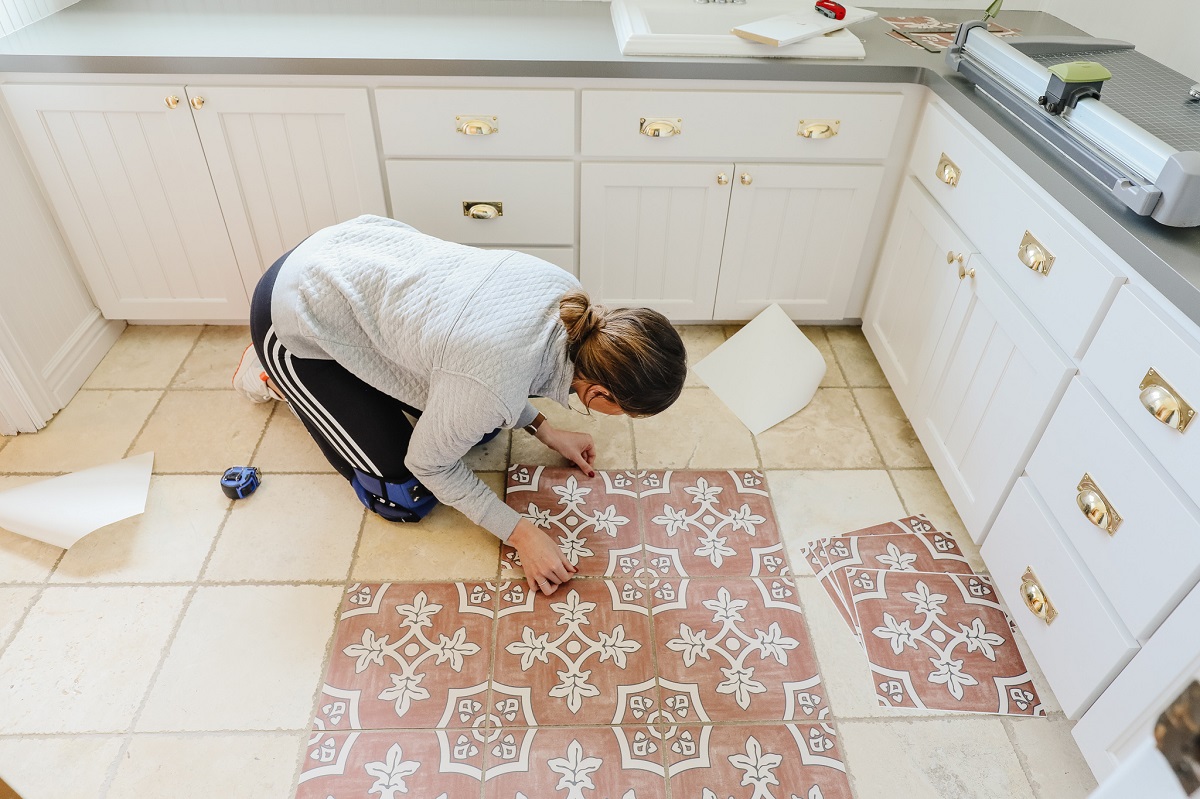
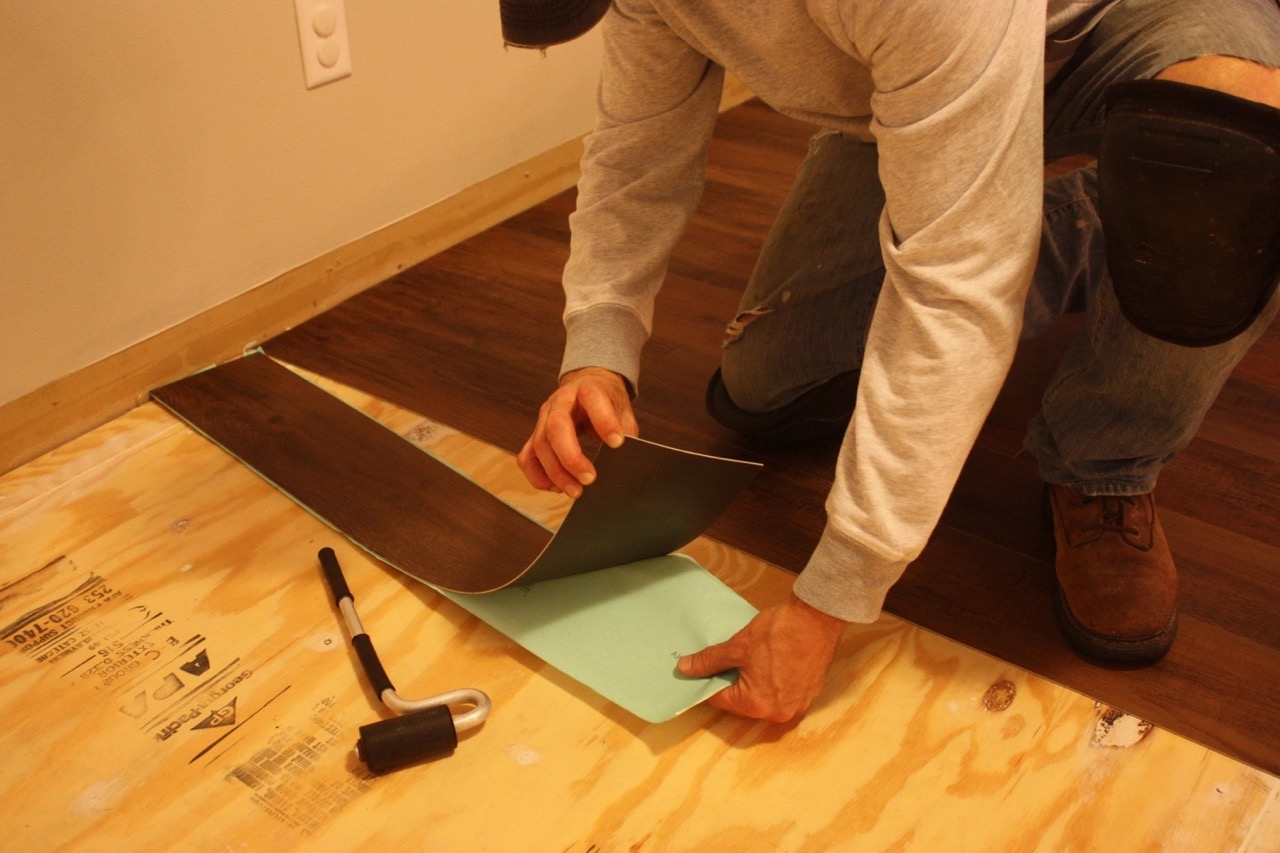
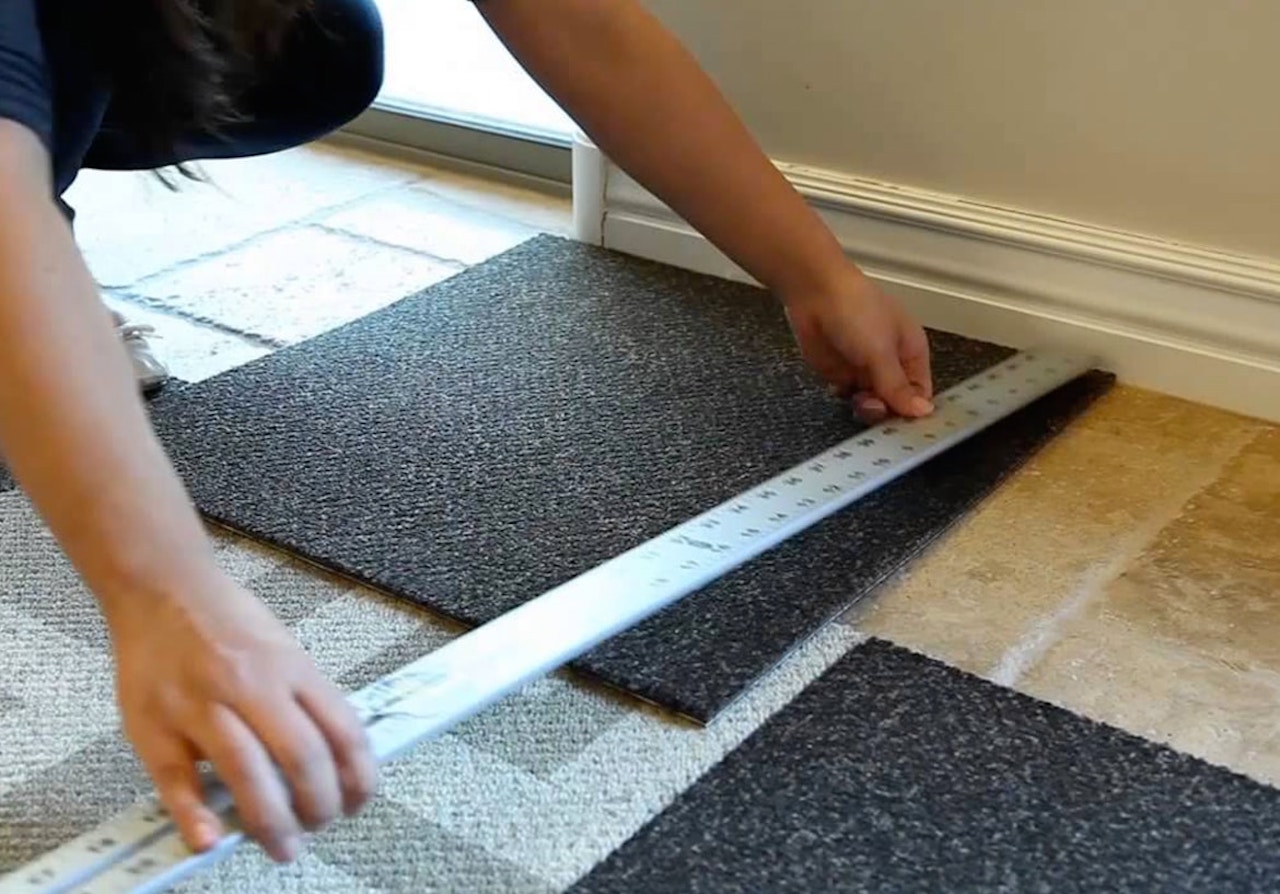
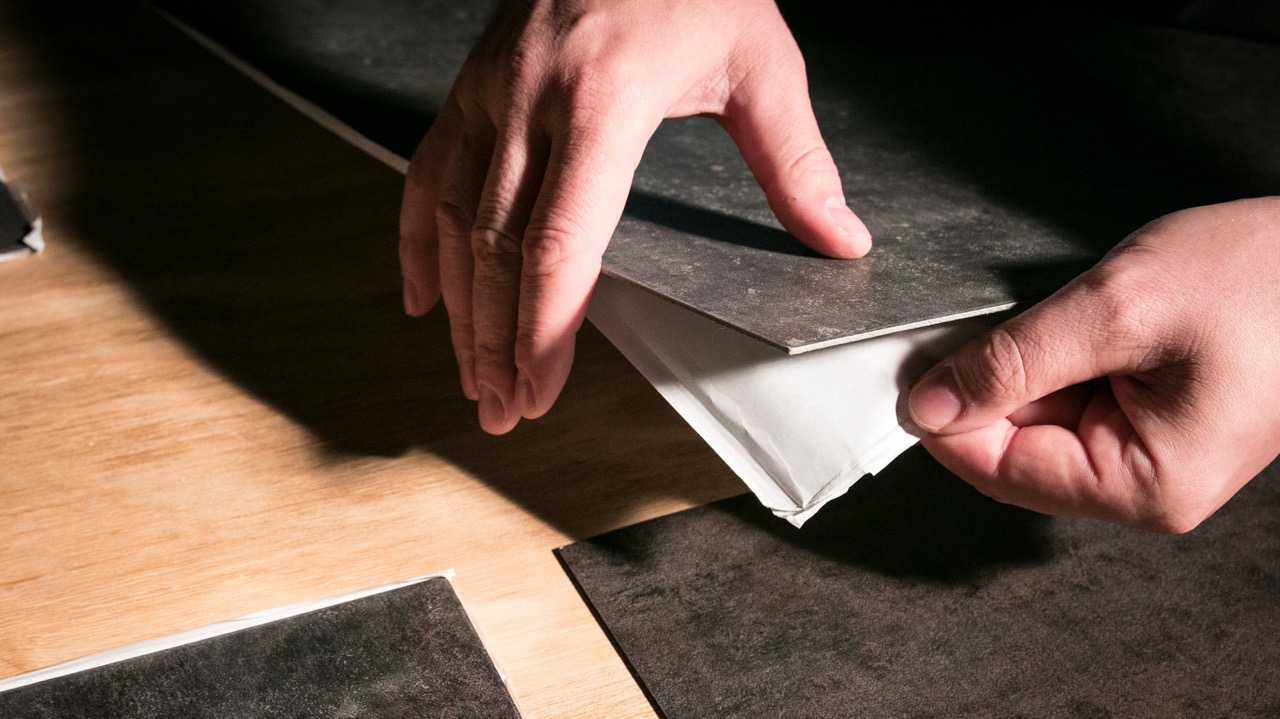
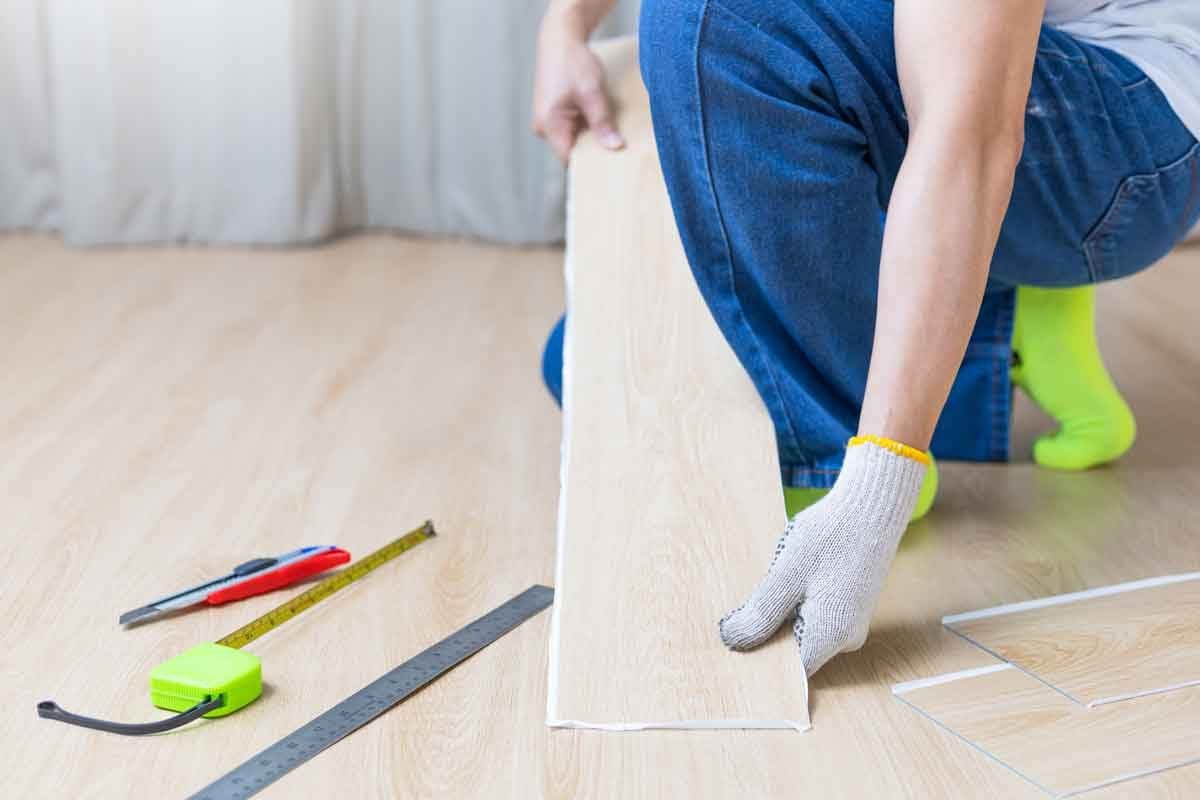
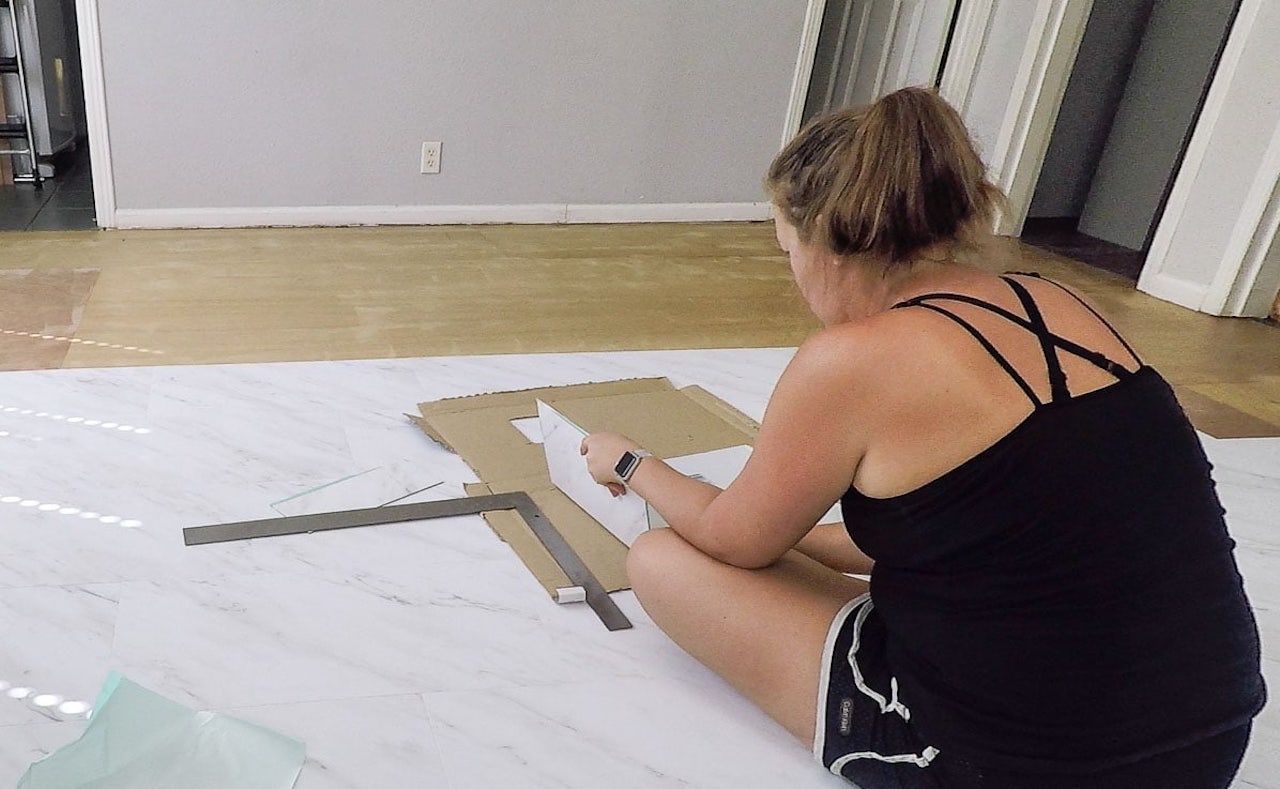
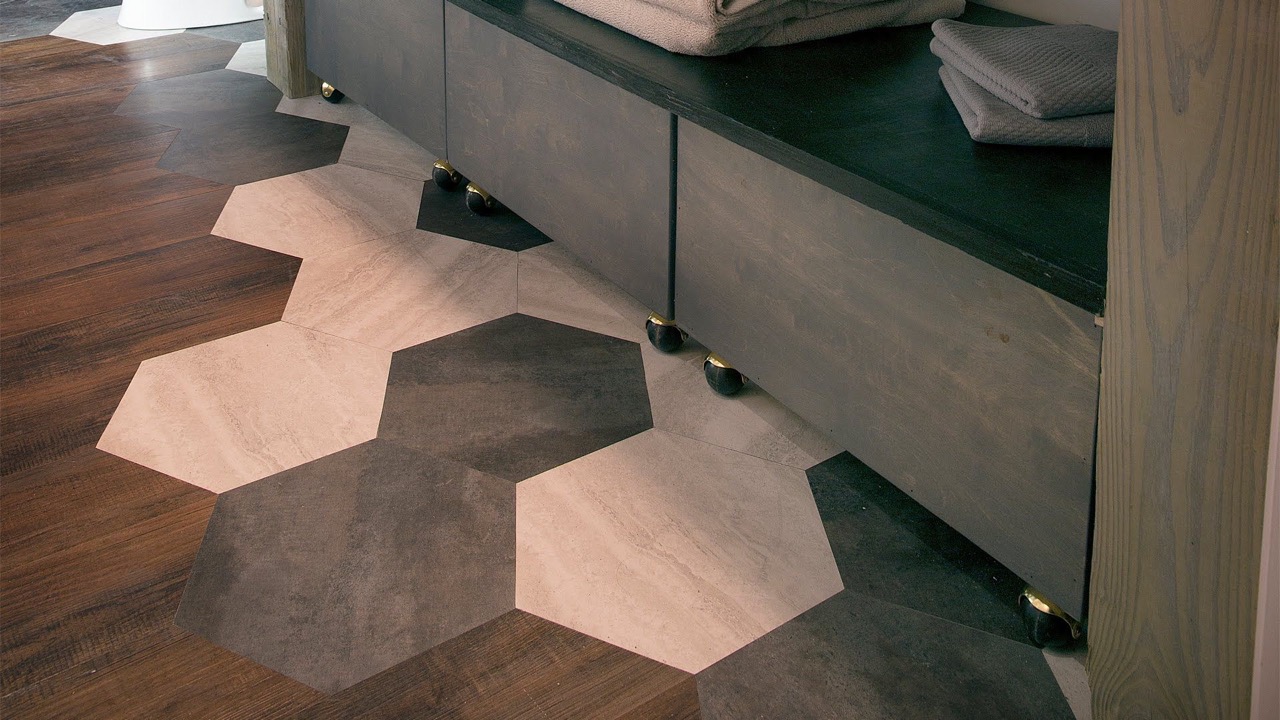
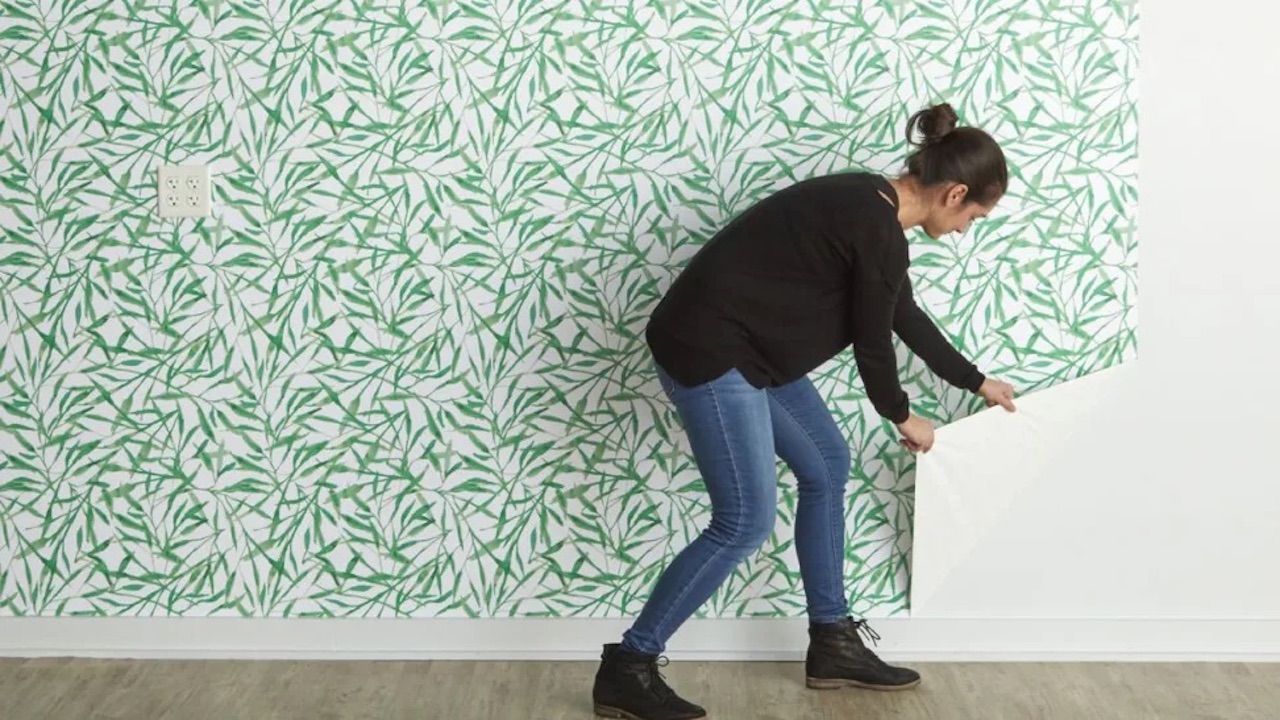
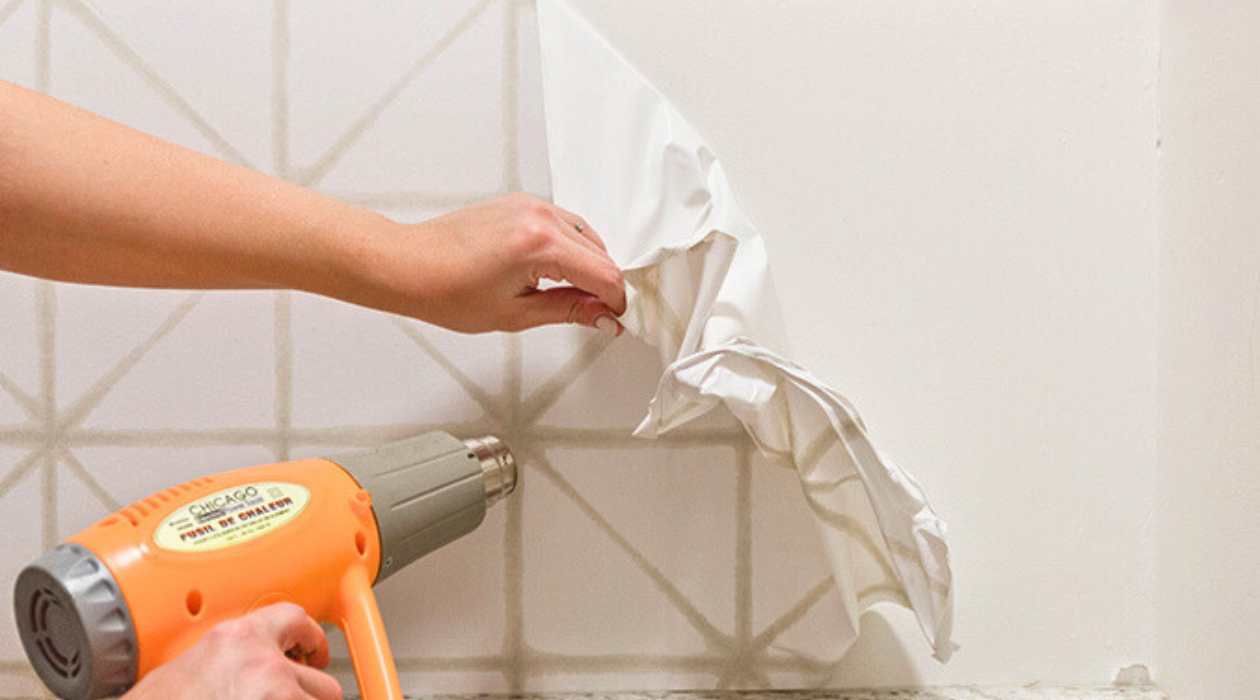
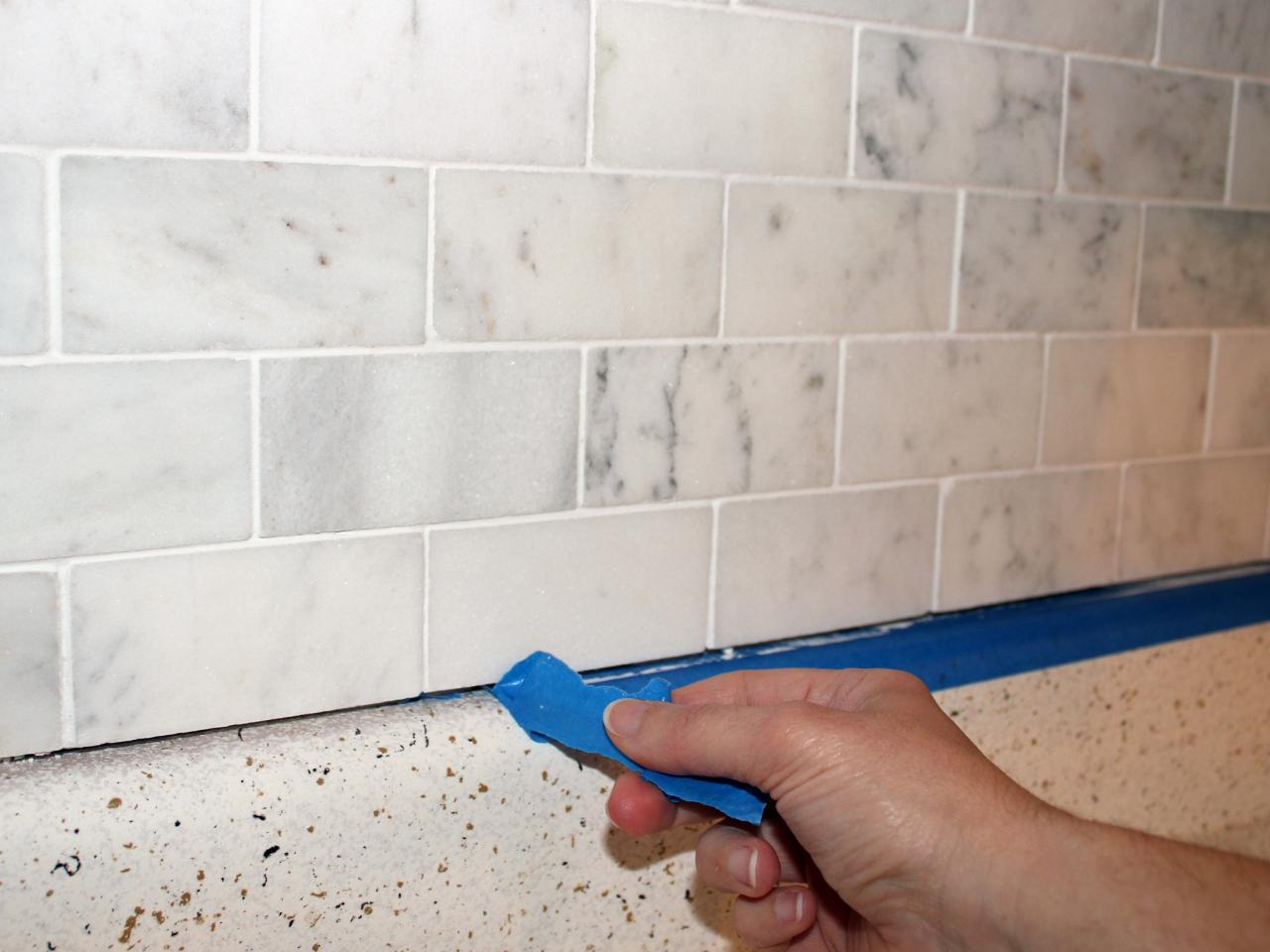

0 thoughts on “How To Install Peel And Stick Roofing”